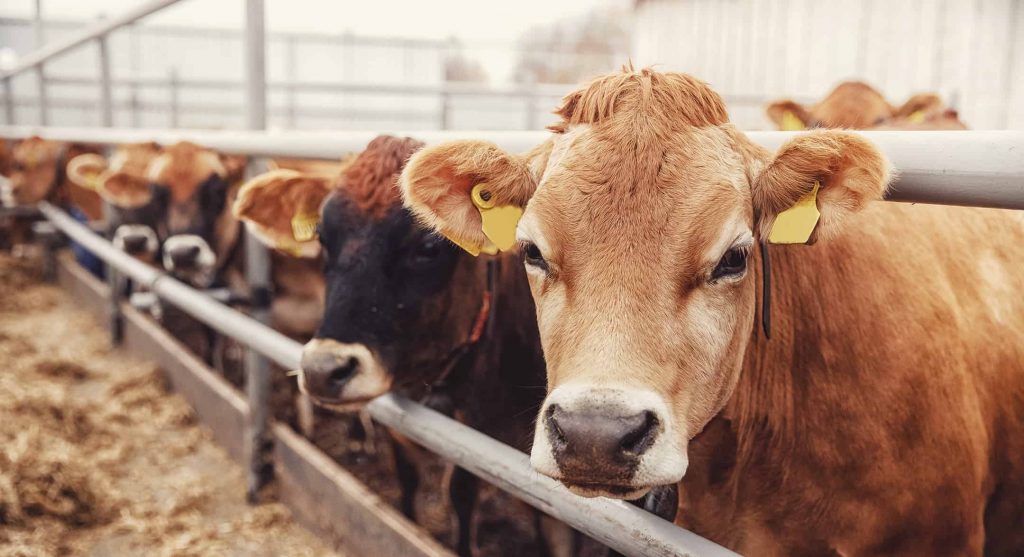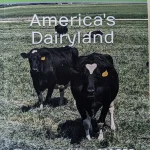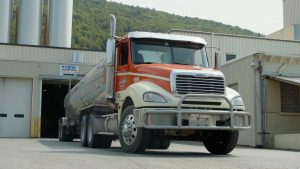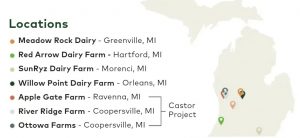
Environmental groups push to end the state’s funding of projects, which capture methane gas before it reaches the atmosphere and convert it into a renewable fuel
TULARE COUNTY – A local supervisor is lobbying the state to continue its funding for dairy digesters, which help reduce greenhouse gasses while creating a renewable fuel; but critics claim they contribute to the use of fossil fuels polluting nearby communities.
Vander Poel says an annual survey in Tulare County measures how dairy digesters and other measures are cutting emissions – proof enough that the state funding effort underway since 2014 is making progress. Vander Poel hails from a dairy family and is well aware of the benefit the California Department of Food and Agriculture (CDFA) offers to help dairies afford to install these systems, allowing them to continue producing milk even as the air is cleaner and greenhouse gasses decline.
“The production of and reliance on factory farm gas pollutes communities and, thus, it must not be funded or receive favorable treatment as a low-carbon fuel or a clean fuel,” the organization said in a May statement on the Governor’s 2023-24 budget.
A MODEL FOR THE INDUSTRY
An annual report for Tulare County tells a different story as dairy herd is down and so are emissions. Since 2013, the number of mature dairy cows in the county has declined from 543,431 to 483,742 as of 2021, a drop of more than 60,000 cows, according to the report. The count of young dairy heifers is up by about 30,000 animals for an overall decline of 30,000 dairy animals in the number one milk producing county in the world. The numbers are tracked in an annual report Tulare County is required to complete by March 1 of each year as part of its settlement with the Sierra Club in a lawsuit over methane emissions.
The industry’s voluntary emission reduction projects in Tulare County included 70 solar panel projects, 11 solar thermal hot water systems, 38 digester projects and eight Alternative Manure Management Program (AMMP) projects in 2021. The net result was 592,131 metric tons of CO2e reductions in 2021, 56% of the annual emission reductions needed to achieve the Dairy and Feedlot Climate Action Plan (Dairy CAP) target by the end of this year. To meet the target, local dairies and feedlots will need to reduce emissions by an additional 457,869 metric tons before 2024.
EPA SUPPORT
“Make no mistake: there is overwhelming research demonstrating that avoiding, capturing and utilizing manure methane at California dairy farms offers significant environmental benefits,” Wade said. “That’s why the U.S. Environmental Protection Agency has supported anaerobic digesters at dairies for almost 30 years.”
One company, Maas Energy, which has built a number of the area’s digesters, argues for the need to manage manure. In addition to preventing methane from leaking into the atmosphere, the company notes that the naturally-occurring bacteria to break down the organic matter creates biogas, an energy rich fuel. Some is turned into renewable transportation fuel as well and is injected in the SoCal Gas pipelines.



















